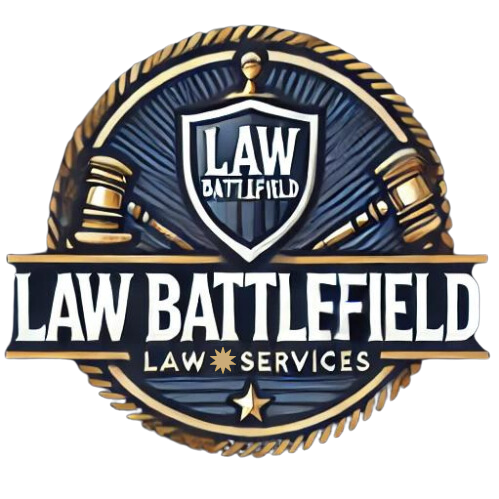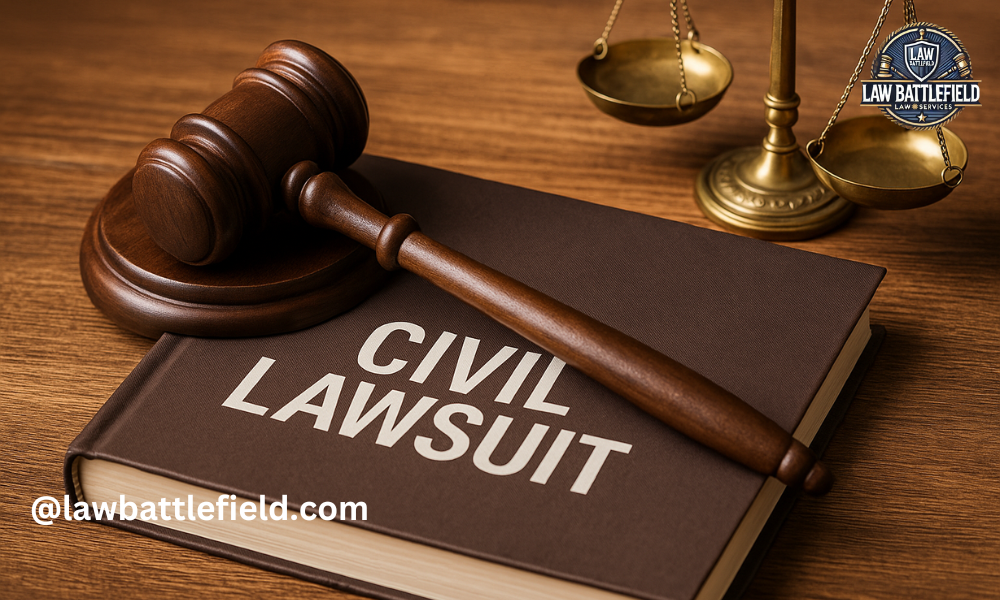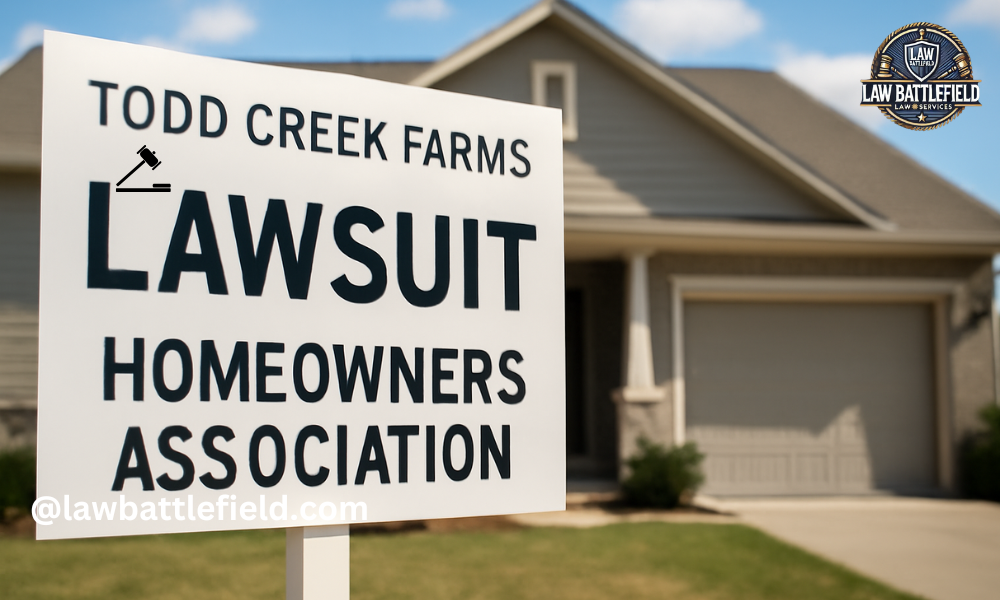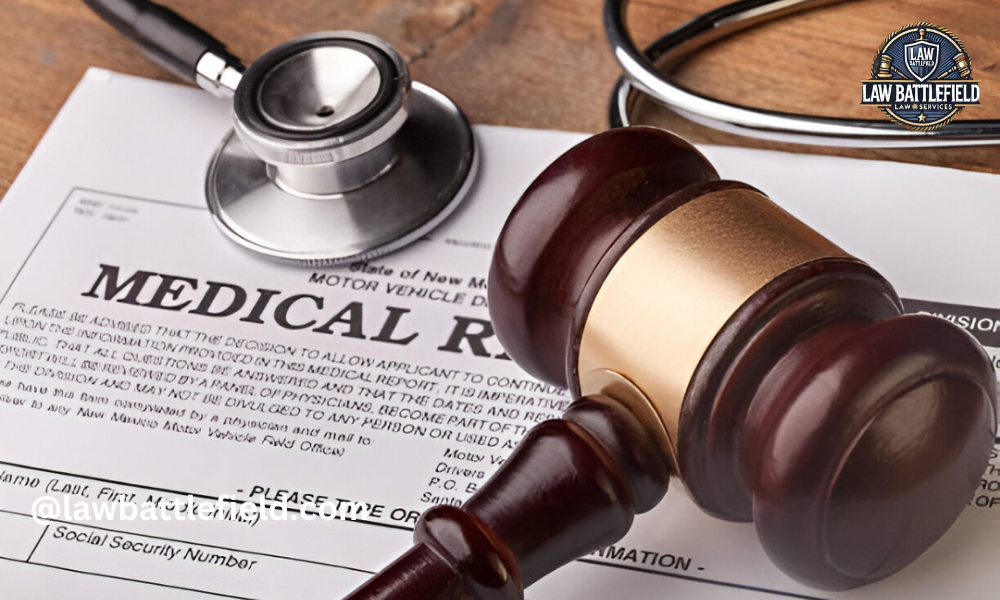A civil lawsuit is a legal case that happens when one person, business, or group takes another to court because of a dispute. The main goal is to solve a problem between private parties, not to punish someone for a crime. This is what makes a civil lawsuit different from criminal law. In criminal law, the government files charges against someone for breaking the law. In a civil lawsuit, the case is about rights, responsibilities, and losses.
People file a civil lawsuit for many reasons. Some want payment for damages after a car accident or injury. Others want the court to make a business honor a contract. Neighbors may fight over property lines, landlords may disagree with tenants, and employees may challenge unfair treatment at work. In all of these situations, the civil lawsuit becomes a way to ask the court for a fair solution.
The process of a civil lawsuit usually follows a path. First, one side files a complaint that explains the problem. The other side responds with an answer. Both sides then gather facts and evidence. Many cases end here with a settlement, but some move forward to trial. At trial, a judge or jury listens to both sides and makes a decision. If one side is not happy with the result, they may appeal.
For anyone new to this area of law, knowing how a civil lawsuit works brings clarity. It shows what steps may come next and what outcomes are possible. It also helps people understand their rights and when they may need legal advice.
Who Are The Parties? Plaintiff, Defendant, and Jurisdiction
Every civil lawsuit has at least two sides. The person or group that starts the case is called the plaintiff. The plaintiff claims they have been harmed, lost money, or had their rights violated. The plaintiff asks the court to provide a remedy, often in the form of money or an order that requires the other side to act.
The person, business, or organization being sued is called the defendant. The defendant must respond to the complaint filed by the plaintiff. The response can admit, deny, or explain the claims. In some cases, the defendant may also file a counterclaim against the plaintiff if they believe they have their own valid claim.
A civil lawsuit is not limited to private individuals. A business can sue another business, a tenant can sue a landlord, and even government agencies can file or face lawsuits. For example, a city may be sued for violating civil rights, or a company may sue a competitor for breaking a contract.
Before a civil lawsuit moves forward, the court must have the authority to hear it. This is called jurisdiction. Jurisdiction means the court has the legal power to decide the case. It depends on factors such as where the parties live, where the dispute happened, and the type of claim involved. Venue is also important. Venue refers to the specific location or courthouse where the lawsuit should be filed. Filing in the right court ensures the process is fair and follows proper law.
Understanding who can sue, who can be sued, and where a civil lawsuit should be filed is one of the first steps in any legal action. It sets the stage for everything that follows.
The Pleadings Phase: Complaint, Answer, And Counterclaims
A civil lawsuit begins when the plaintiff files a complaint or petition with the court. The complaint is a written document that tells the story of the dispute. It lists the facts of what happened, explains the legal reasons why the plaintiff believes they are entitled to relief, and states what they want the court to do. Relief can mean money damages, the return of property, or an order that stops the defendant from certain actions.
Once the complaint is filed, the defendant must be formally notified. This step is called service of process. It ensures the defendant knows they are being sued and gives them a chance to respond.
The defendant’s reply is called an answer. In the answer, the defendant can admit or deny the claims. They may also raise defenses, such as saying the lawsuit was filed too late or that the plaintiff’s claims have no legal basis. In some cases, the defendant may file a motion asking the court to dismiss the lawsuit altogether.
A defendant can also bring their own claims against the plaintiff through a counterclaim. For example, if a business is sued over a contract, it might respond by claiming the plaintiff actually broke the agreement first. This makes the case more complex, but it allows both sides to present their disputes in one civil lawsuit.
Discovery And Pre-Trial Preparation
After the pleadings stage, a civil lawsuit moves into discovery. Discovery is the process where both sides exchange information about the case. The goal is to make sure there are no surprises at trial. During discovery, each side can request documents, send written questions called interrogatories, or take depositions where witnesses answer questions under oath. This stage often reveals the strength and weakness of each side’s claims.
Along with discovery, both sides may file motions with the court. A motion is a request for the judge to make a ruling on a specific issue. A common example is a motion to dismiss, where the defendant argues the case should end before trial. Another is a motion for summary judgment, where one side claims the facts are not in dispute and the law is clearly on their side. Discovery disputes can also lead to motions, especially if one side refuses to share documents or answer questions.
During this stage, many civil lawsuits do not go all the way to trial. Instead, the parties explore settlement. They may negotiate directly, or use mediation where a neutral third party helps them reach agreement. Some cases go through alternative dispute resolution (ADR), like arbitration, which can be faster and less formal than court.
Discovery and pre-trial preparation often decide how the civil lawsuit will end. Strong evidence may encourage settlement, while weak evidence may push one side to reconsider. It is a stage where careful strategy matters most.
Trial: Bringing Evidence And Persuasion To Court
If a civil lawsuit does not settle, it goes to trial. The trial is the stage where both sides present their case in front of a judge or a jury. It begins with opening statements. Each side explains what they believe the evidence will show and what they want the court to decide.
Next comes witness testimony and cross-examination. The plaintiff brings witnesses to support their claims, while the defendant brings witnesses to defend against those claims. Each side can question the other’s witnesses to test the strength of their story. Along with testimony, both sides may show exhibits such as documents, photos, or contracts to back up their arguments.
After the evidence is presented, the lawyers give closing arguments. This is their chance to summarize the facts, highlight weaknesses in the other side’s case, and remind the judge or jury of the relief they are asking for.
Trials can be heard in two ways: a jury trial or a bench trial. In a jury trial, ordinary citizens listen to the evidence and decide the outcome. In a bench trial, the judge decides both the facts and the law.
The standard of proof in a civil lawsuit is usually a preponderance of the evidence. This means the plaintiff must show that it is more likely than not that their claims are true. Unlike criminal cases, the burden of proof is lower, but the responsibility still rests with the plaintiff to convince the court.
Judgment, Remedies, And Enforcement
After the trial ends, the court issues a judgment. The judgment explains the decision and what relief is granted. Relief can take different forms. The most common is monetary damages, where the losing party must pay money to the winner. In some civil lawsuits, the court may issue an injunction, which is an order to do something or to stop doing something. Another possible outcome is declaratory relief, where the court clarifies the rights of the parties without awarding money.
In certain cases, the court may also add interest, attorney fees, or court costs to the judgment. This depends on the law and the specifics of the lawsuit.
Winning a judgment does not always mean the money or relief comes right away. The winning party may need to take steps to enforce the judgment. This can involve garnishing wages, placing liens on property, or asking the court to order compliance. These tools help ensure that the judgment has real effect and not just words on paper.
Appeals, Post-Judgment Motions, And Case Closure
If one side believes the court made a serious legal error, they can file an appeal. An appeal does not involve a new trial with new evidence. Instead, a higher court reviews the record to decide if the law was applied correctly. Appeals can change the result, uphold the judgment, or send the case back for further proceedings.
Apart from appeals, either side can file post-judgment motions. These include requests to change or set aside the judgment, or to seek relief based on new facts or errors. Such motions are limited in time and scope but can affect the final outcome.
Eventually, every civil lawsuit must come to an end. The case may close after payment is made, property is returned, or an order is followed. Some judgments require ongoing compliance, but most reach final closure once the court’s decision is carried out.
These final stages show that a civil lawsuit is not only about winning or losing at trial. It also involves making sure the judgment is enforced and the legal dispute is truly resolved.
Common Types of Civil Lawsuits And Key Considerations
Civil lawsuits cover a wide range of disputes. Some of the most common are contract disputes, where one party claims the other did not live up to an agreement. Others involve tort claims, such as negligence, medical malpractice, or personal injury, where someone seeks compensation for harm. Property disputes also appear often, whether about land boundaries, ownership rights, or landlord-tenant disagreements. Employment lawsuits may arise when workers allege discrimination, wrongful termination, or unpaid wages. Consumer lawsuits focus on defective products, false advertising, or unfair business practices. In some cases, many people join together in a class action, making claims against the same defendant for similar harm.
Beyond the type of dispute, there are important legal considerations. Every civil lawsuit must be filed within the statute of limitations, which sets a deadline for bringing claims. Courts also require proper pleading standards, meaning the complaint must state clear facts and legal grounds. Mistakes with jurisdiction or venue can derail a case before it even begins. Costs and risks must also be weighed. Civil lawsuits can be expensive and time-consuming, and the burden of proof requires enough evidence to support the claim.
Practical judgment is key. Before filing, it is wise to assess whether the claim is strong enough, whether the damages justify the expense, and whether negotiation could solve the problem faster. Consulting a lawyer early can help avoid pitfalls, understand rights, and prepare a strong case.
Conclusion
A civil lawsuit may seem complex, but breaking it into clear steps makes it easier to understand. From the complaint to the final judgment, each stage has a purpose and can shape the outcome. Along the way, parties face choices about evidence, motions, settlement, and even appeals.
Understanding how a civil lawsuit works gives people an advantage. It helps with planning, strategy, and knowing when to push for trial or when to settle. It also highlights the costs and effort involved, so decisions are made with full awareness.
For anyone considering legal action, the best tools are preparation and guidance. Stay organized, know your rights, and seek advice from a qualified lawyer when needed. A civil lawsuit may take time and effort, but with clear knowledge and careful planning, it becomes a process that can be managed with confidence.
FAQs
What Is The Main Purpose Of A Civil Lawsuit?
A civil lawsuit helps settle disputes between private parties. The goal is usually money damages or a court order, not criminal punishment.
How Long Does A Civil Lawsuit Take?
The time varies. Some lawsuits settle in months, while others take years, depending on complexity, court schedules, and whether the case goes to trial.
Can Anyone File A Civil Lawsuit?
Yes. Individuals, businesses, and even government agencies can file a civil lawsuit if they have a valid legal claim.
What Is The Difference Between A Civil Lawsuit And A Criminal Case?
A civil lawsuit involves private disputes, while a criminal case is brought by the government for breaking the law. Civil cases focus on remedies, while criminal cases focus on punishment.
Do I Need A Lawyer For A Civil Lawsuit?
It is possible to represent yourself, but civil lawsuits often involve complex rules. Having a lawyer helps protect rights and improves the chance of success.
Was this article helpful? Check out more on Lawbattlefield.com
Disclaimer: This article is for informational purposes only and does not provide legal advice. Civil lawsuit procedures and outcomes can vary depending on your location and individual circumstances. Always consult with a qualified attorney or legal professional for advice about your specific situation.
Civil Attorney Services: Navigating Legal Disputes With Confidence





